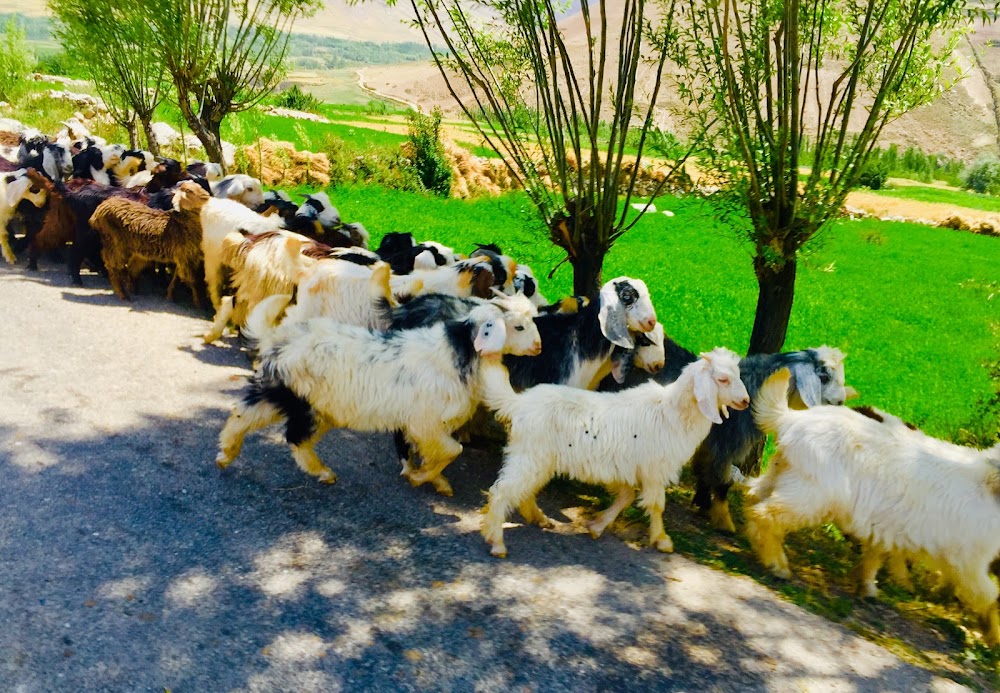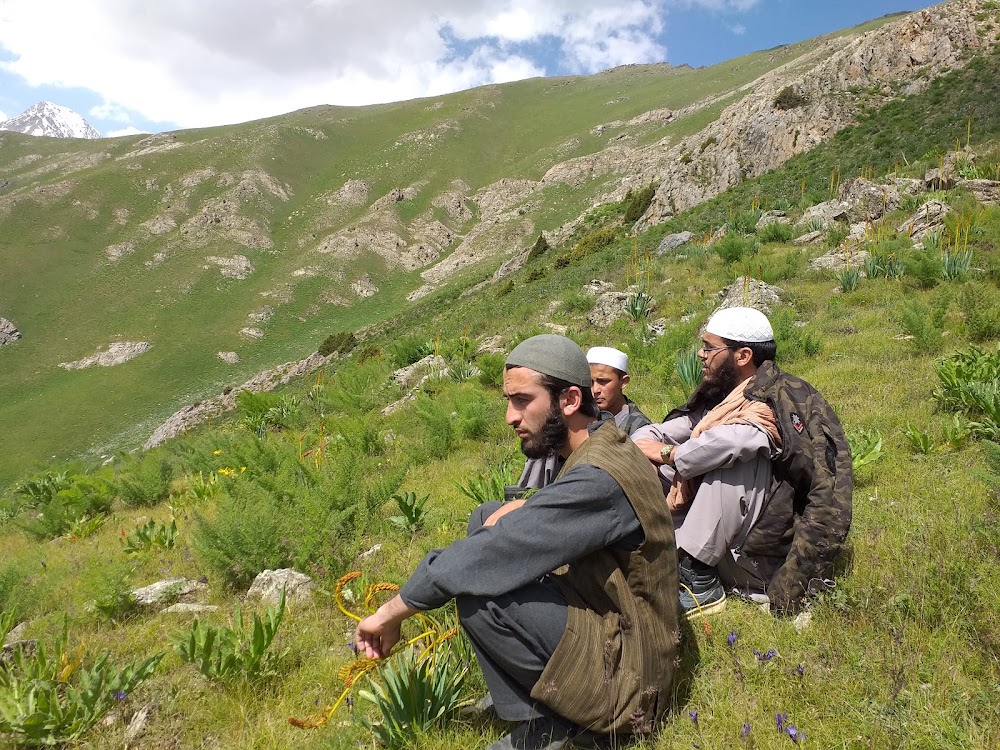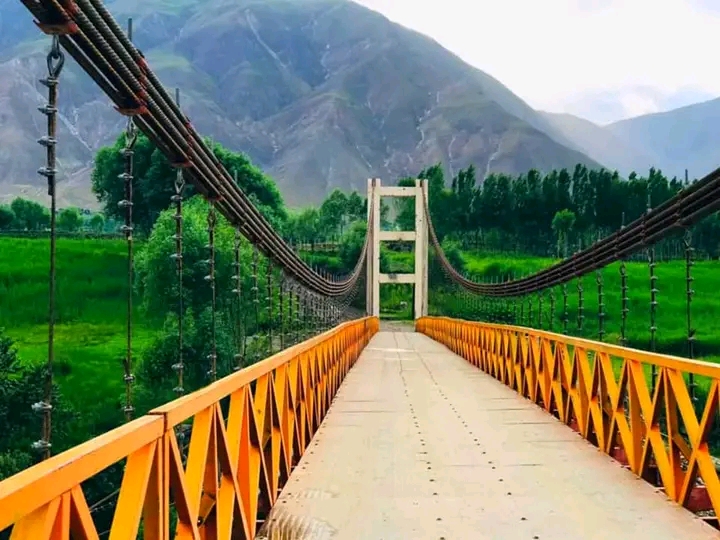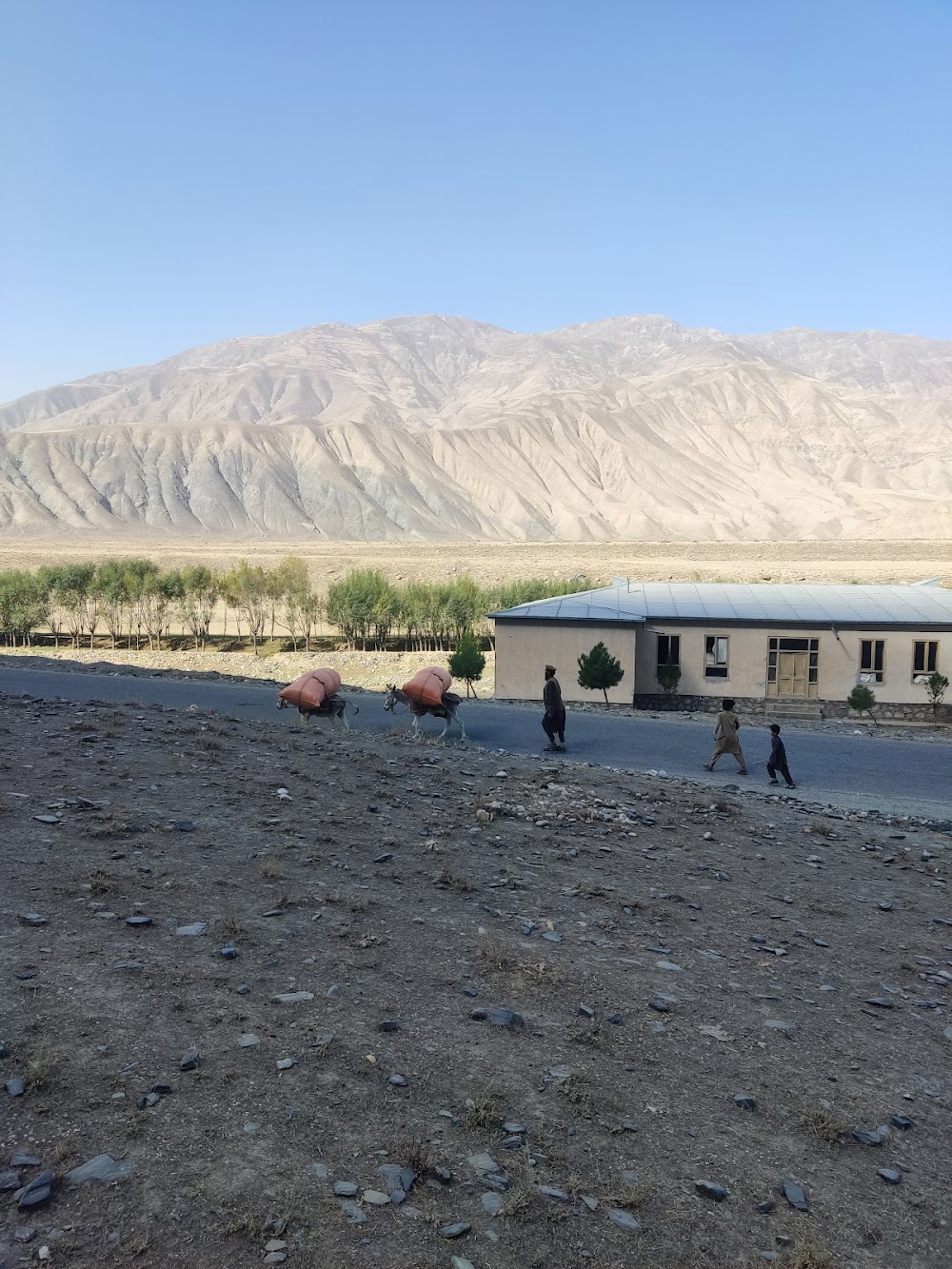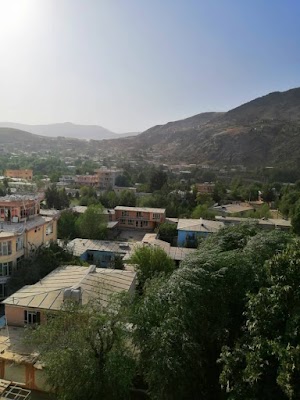Jurm (جرم)
Related Places
Overview
**Jurm: A Hidden Gem in Badakhshan, Afghanistan**
Jurm is a small yet significant village nestled in the breathtaking landscapes of Badakhshan province, Afghanistan. This charming locale exemplifies the harmonious coexistence of nature and the community's age-old traditions, making it a unique destination for those seeking an authentic cultural experience.
In the heart of Jurm, you'll discover sturdy homes built predominantly from local materials such as stone, mud bricks, and timber. These structures are designed to provide warmth and security against the harsh winters and resilient landscapes that characterize the region. The construction process is a remarkable community effort, where neighbors come together to share their skills and expertise.
The journey of building a home begins with selecting an ideal location, often on a slight elevation to prevent waterlogging and maximize natural sunlight. Stones are meticulously gathered from nearby riverbeds and mountainsides, shaped into manageable blocks by local craftsmen. Handcrafted mud bricks, made from fertile riverbank soil mixed with straw, are left to dry in the sun before being used in construction.
Timber, mainly sourced from the surrounding oak and pine forests, serves as the main structural framework for the houses, providing both strength and flexibility. Local carpenters, with skills passed down through generations, craft beams and other wooden components with precision. These intricately crisscrossing wooden beams enhance both the durability and aesthetic appeal of each home.
The roofs of Jurm's houses are steeply pitched to handle the heavy snowfall, often layered with thick thatch or wooden shingles. It's common to find flat sections on these roofs, which serve as practical spaces for storing and drying food items such as grains, fruits, and herbs.
Life in Jurm revolves significantly around **agriculture and livestock rearing**. The fertile valleys and terraced fields are meticulously cultivated, with villagers growing wheat, barley, potatoes, and a variety of vegetables. During harvest season, the village comes alive with activity as residents unite to gather and preserve their bountiful crops.
Education is highly valued in Jurm, and the community has made great strides in establishing primary schools over the years. These schools, though simple in structure, symbolize the village's dedication to nurturing the minds of the younger generation. Local teachers play a crucial role in imparting knowledge, languages, and cultural history.
Jurm’s social fabric is woven from traditions that emphasize mutual respect and cooperation. Elders are revered as key figures in resolving disputes and guiding the community. Festivals and communal gatherings are common, fostering strong bonds among villagers and celebrating their shared heritage.
Accessing Jurm can be challenging due to its remote location, with the village relying on pathways carved through valleys and mountain passes. While these routes may be difficult to navigate, they help maintain the community's serene environment and preserve its traditional way of life from the rapid changes seen in more accessible regions.
In recent years, initiatives to integrate modern amenities, such as solar panels, have begun to emerge. These sustainable energy solutions are welcomed by the community as they provide a blend of tradition and modernity, enhancing the quality of life while respecting the village's core identity.
Jurm in Badakhshan is more than just a village; it is a rich tapestry of history, resilience, ingenuity, and hospitality. This humble yet striking community exemplifies how people can thrive by balancing the embrace of new advancements with a deep appreciation for their cultural legacy.


